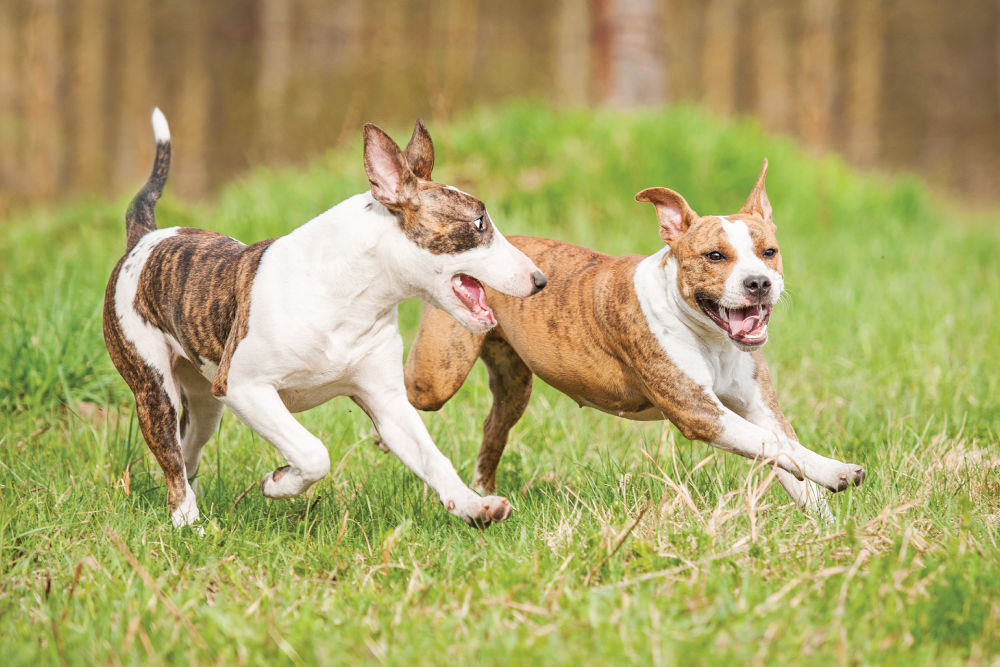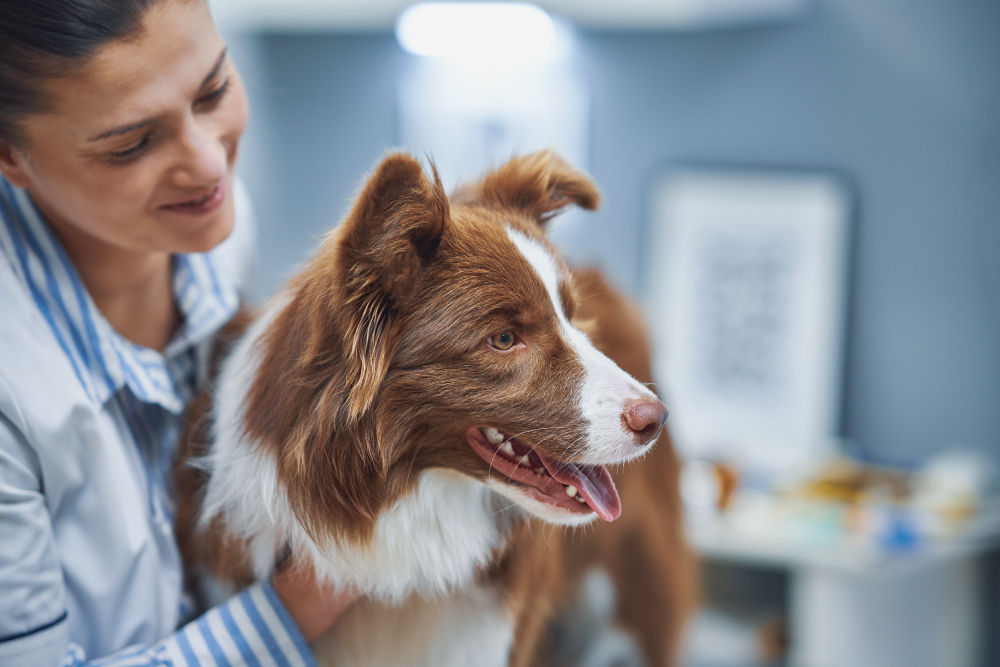That's why regular dental health evaluations are a necessary component of your pet's wellness program. Current dental exams provide a baseline for reference in case of future dental problems, and professional cleanings help prevent painful dental diseases that can lead to other health issues.
If your pet is experiencing any of these symptoms, please let us know so we can perform a thorough evaluation of your pet's dental health and provide necessary treatment.
● Halitosis or "Bad Breath" – contrary to widely held belief, this is not normal in animals
● Excessive Drooling – typically of foul-smelling saliva
● Appearance of plaque or tartar, beginning along the gum line and extending down the tooth (depending on the severity)
● Swollen, reddish gums
● Lack of interest in chew toys
● Discolored teeth
● Chronic eye infections or drainage with no exact cause or cure
● Reluctance to eat (dry food in particular) or reduced appetite
● Broken or fractured tooth/teeth
● Frequent, regular sneezing
● Pawing at or rubbing the muzzle/mouth
● Abnormal discharge from nose
● Favoring one side of the mouth when eating




